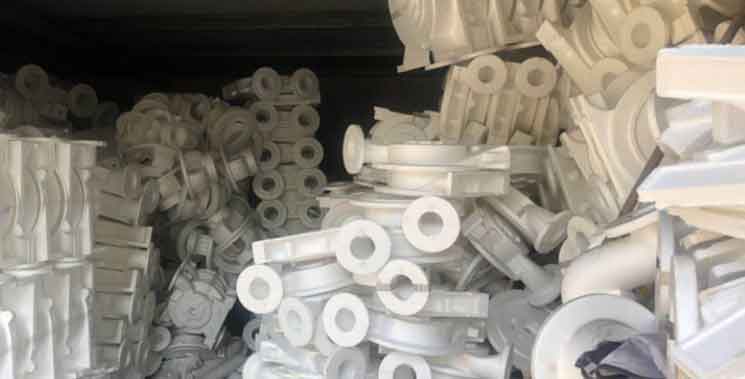
Lost foam casting is indeed a magical and innovative manufacturing process that has transformed the way complex metal components are produced. Over the years, advancements in technology and manufacturing techniques have further enhanced the capabilities and efficiency of lost foam casting. Here are some key innovations in the field of lost foam casting:
- Improved Foam Pattern Production: The production of high-quality foam patterns is crucial for successful lost foam casting. Innovations in foam pattern manufacturing have led to improved accuracy, surface finish, and dimensional stability of the patterns. Computer-aided design (CAD) and computer-aided manufacturing (CAM) technologies, along with 3D printing, have enabled the production of intricate foam patterns with high precision.
- Enhanced Coating Materials: The coating materials used to create the refractory shell around the foam patterns have seen advancements. New refractory coatings with improved properties, such as higher refractoriness, better adhesion, and increased resistance to thermal stresses, have been developed. These advancements have contributed to better surface finish, reduced defects, and increased casting quality.
- Simulation and Process Optimization: Computer simulation software has played a significant role in optimizing the lost foam casting process. Casting simulation tools allow engineers to simulate and analyze the filling, solidification, and cooling processes. This helps identify potential issues and optimize the process parameters, such as gating and riser design, to achieve better casting quality and dimensional accuracy.
- Advanced Molding Techniques: Innovations in mold and flask design have improved the efficiency and stability of lost foam casting. Modular and adjustable molds allow for quick pattern assembly and disassembly, reducing setup time and enabling flexibility in production. Vacuum-assisted molding techniques have been developed to ensure better pattern compaction and reduce the occurrence of defects.
- Automation and Robotics: Automation and robotics have been increasingly integrated into the lost foam casting process. Robotic systems can handle tasks such as pattern assembly, coating application, and pouring of molten metal. Automated systems ensure consistency, reduce manual labor, and improve overall productivity.
- Molten Metal Handling and Pouring: Innovations in molten metal handling and pouring techniques have improved the overall casting process. Precise control of pouring parameters, such as temperature, flow rate, and turbulence, ensures better metal filling and reduces the occurrence of defects. Advanced pouring systems, such as robotic pouring arms and tilting furnaces, offer precise control and repeatability.
- Non-Destructive Testing (NDT) Techniques: Non-destructive testing techniques have been advanced to detect and analyze potential defects in the cast components. Innovations in NDT, such as X-ray, ultrasonic, and visual inspection methods, have improved defect detection capabilities, ensuring high-quality castings and reducing the need for post-casting inspection and rework.
These innovations in lost foam casting have contributed to increased efficiency, improved quality, and expanded design possibilities. They have made the process more accessible and cost-effective for a wide range of industries, from automotive and aerospace to machinery and art. As technology continues to advance, we can expect further innovations in lost foam casting, making it an even more powerful and versatile manufacturing method for complex metal components.
